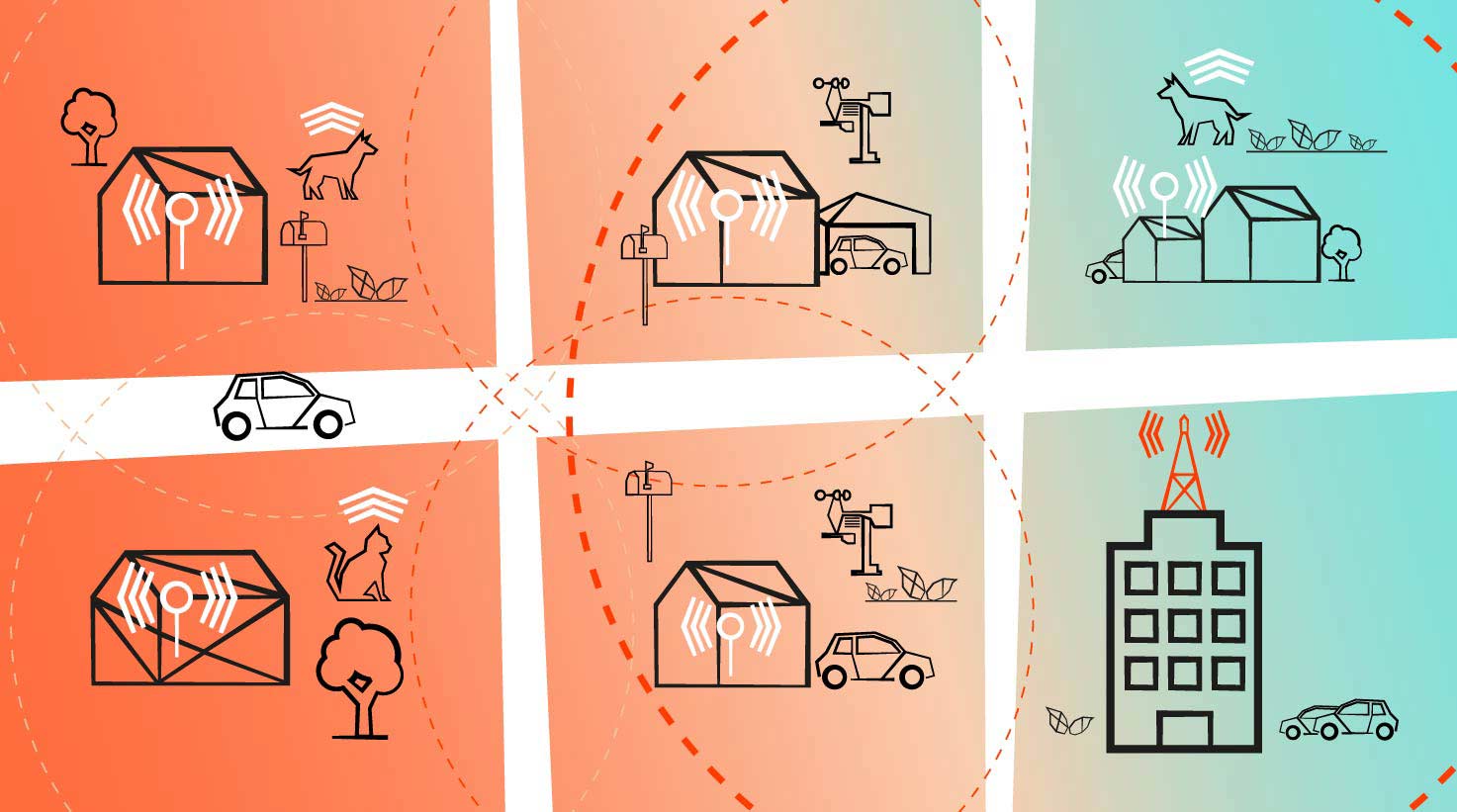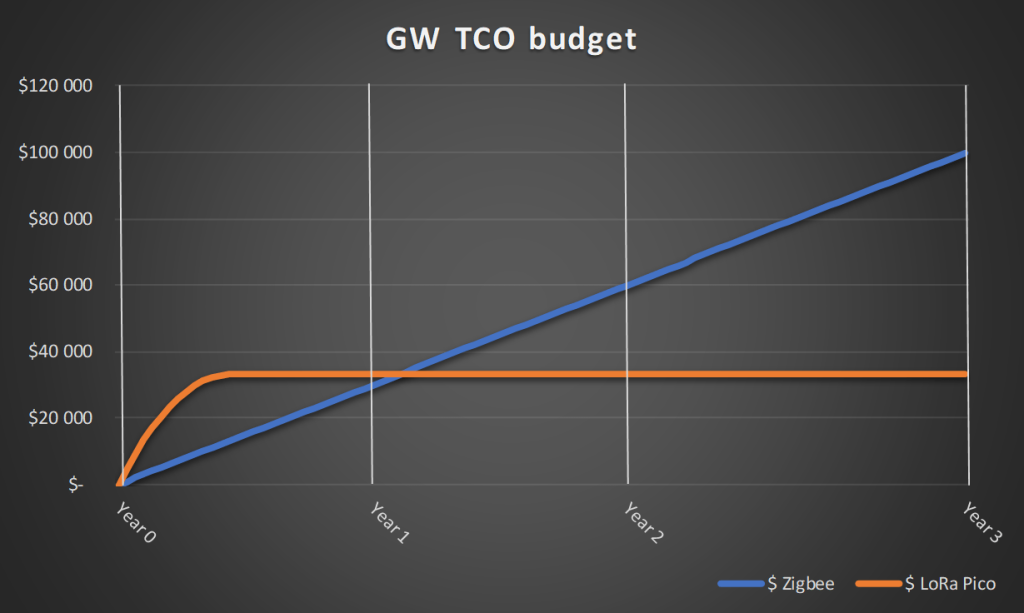THE ACTILITY BLOG
Sharing economy meets home networks
AUGUST 14, 2019 | written by OLIVIER HERSENT, CEO & CTO ACTILITY
The recent Amazon Sidewalk announcement has implications far beyond a new sexy feature on a smart speaker, it represents a fundamental paradigm evolution of home networks and a key enabler for smart-communities. Interestingly, it is likely to impact not just the richest economies: in fact the paradigm change is even more fundamental for countries with low per-capita income implying low budgets for any kind of smart-home/community initiative.

So… what is this ? Some of us will remember the initiative of FON, back in 2006, which attempted to turn the WiFi technology into a pervasive collaborative network. Martín Varsavsky thought that using the millions of home WiFi access points just for home networks was an incredible waste of resources. A perfect city network was at hand at virtually no incremental cost : just share ! Unfortunately WiFi collaborative networks didn’t take off to the anticipated scale : the WiFi technology wasn’t really designed for sharing, and the limited range, about 20 to 40m in urban areas, required mass adoption to cover full cities.
But recent LPWAN technologies, such as LoRaWAN, do not have these issues. They are designed for long range : experiments have shown that an average radius of 400 to 500m for an indoor picocell is realistic in big cities. They are designed for sharing : unlike traditional mesh networks or WiFi, all LoRaWAN antennas collaborate and form a seamless network. If 10 antennas are in range of a sensor, all 10 antennas will be used to decode each frame from the sensor, dramatically improving Quality of Service, and reducing Packet Error Rate. Even better, the collaboration technology is completely dynamic and will automatically “adopt” and leverage any new picocell, and even works across collaborative networks by leveraging a standardized peering protocol (LoRa Alliance Back-End interface 1.x).
The end result is that full coverage of a city may be obtained by deploying a surprisingly low number of picocells. Many companies can deploy such picocells at a ridiculously low incremental cost : internet providers (though new LPWAN add-on board to triple play modems) and smart speaker companies are the most obvious ones. Telcos and cable operators will probably not like to see big portals building a strategic over-the-top community network on top of their fixed broadband infrastructure without reaction, so you can expect smart speakers to shoot the new collaborative LPWAN feature first, followed by Telcos and cable operators.
In rich economies, you will soon be able to track your pets, connect alarm systems, get a better parcel delivery tracking system, so this is good news. For the emerging economies, this is a game changer.
Take the example of Ho-Chi-Min city, 2090km2.
With a traditional smart home model, say with a Zigbee transceiver in each home, costs are linear, so there are no economies of scale, and it is hard to provide the feature for less than about 5-10USD per home. Also the use cases remain scoped to home only, limiting revenue opportunities.

By contrast, assuming an easy macrocell LoRaWAN network on few high points already covers 1/3rd of the area, the rest of city coverage can be achieved with about 1000 picocells. Statistically, only the first 1000 homes need incremental investment. The marginal cost of the smart community goes asymptotically to… zero. And many use cases are now made possible : connected smoke detectors, bus, bike and scooter tracking, gas and water metering, gas bottle refill optimization… all things that are really useful for the city and community development.
Of course, this needs a mental switch to accept some randomness in the network operation and deployment, not knowing upfront exactly which numbers of picocells will be used, etc… but relying on randomness does not mean giving up QoS. LoRaWAN picocell networks have a very high degree of macrodiversity, i.e. many antennas receive the signal in parallel. If one disappears, there is no impact on service. In fact such redundancy means much more reliable networks, which is somewhat counter intuitive. These picocell networks also use relatively high datarates at very low power : this means short transmit times and ultra-low, unbeatable battery costs (50 to 100x below cellular networks). This opens the door for many use cases that require both low device and low connectivity costs.
I find it somewhat ironic that the aggressive search of economic optimum in our capitalist economies finally concludes that… sharing is our best option 🙂
More details and hindsight in this webinar recording.
Credits : Nicolas Jordan, Actility for the comparative TCO model, individual or LPWAn collaborative
Contact us today to find out the best solutions for your industry.
Like what you read? Share this article on social media:
We’d love to hear your thoughts. Share your insights in the comments section below.

